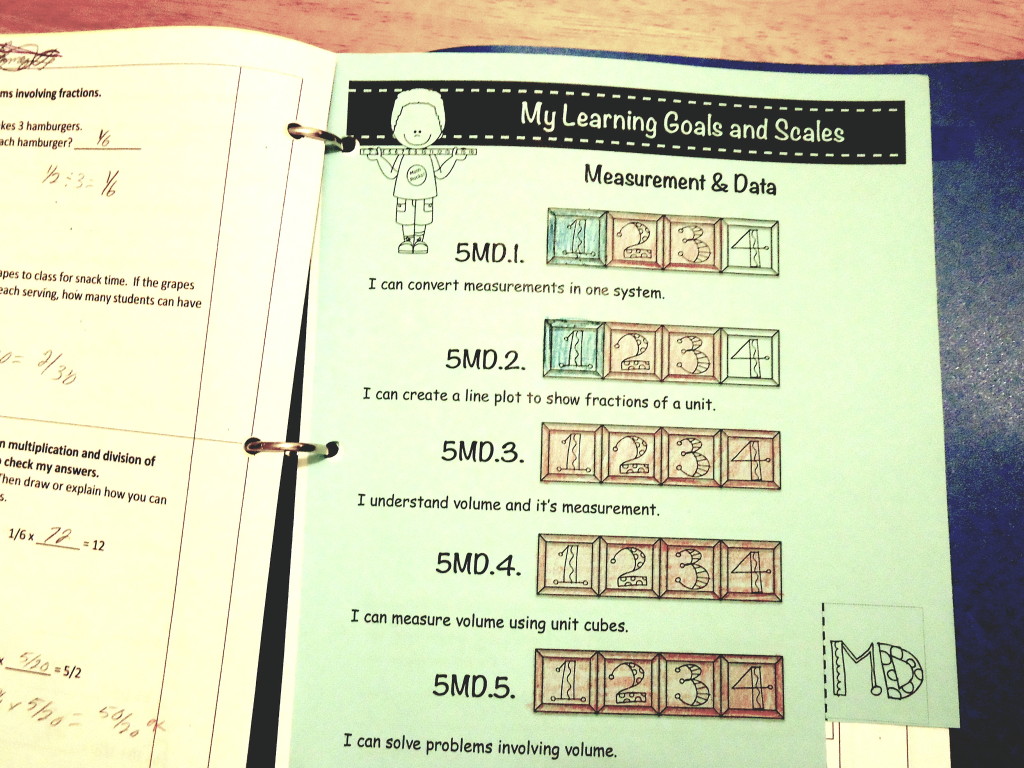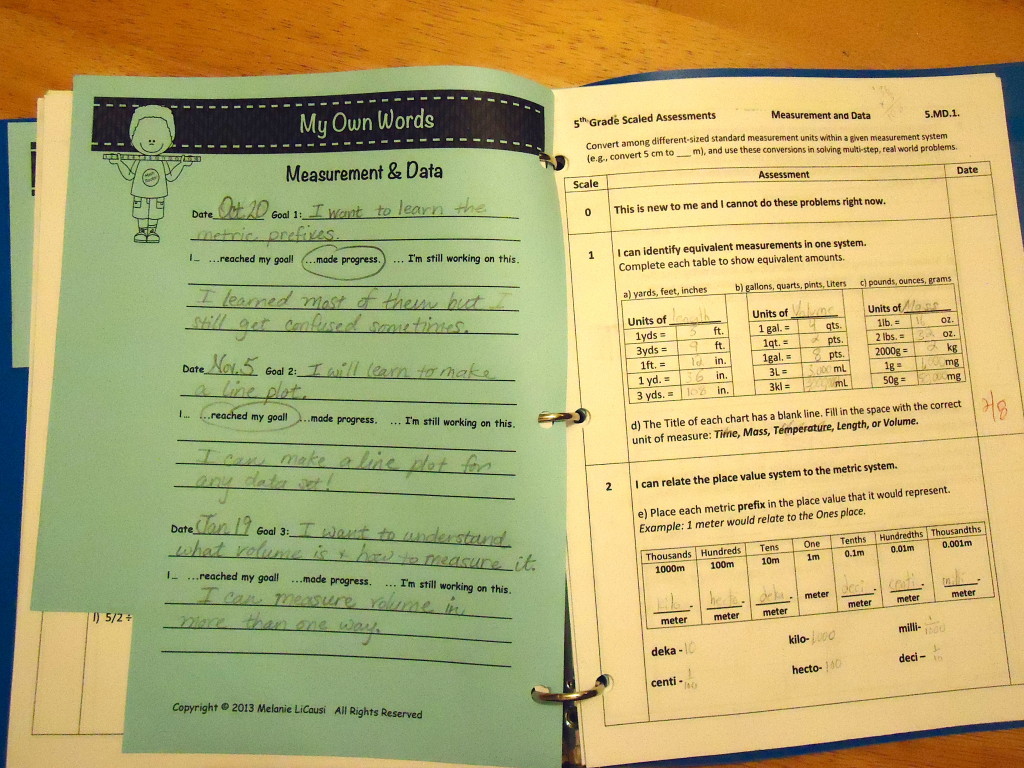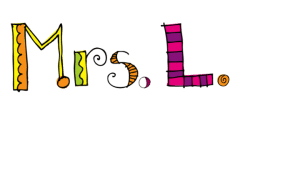Okay, so you just finished the quarter a few days ago and planning your January lessons is the furthest thing from your mind! I thought the same thing for a minute, then I realized that when I’m relaxed, leisurely, and I don’t have to be planning anything, I get my most creative and inspiring ideas!

At the end of every year I like to spend a little time thinking about the blessings and goals of the last year, and what I want to focus on in the New Year. A lot of adults do this mentally, but then a few weeks into January we get overwhelmed by life and forget our good intentions! I think our students have the same experience. At the beginning of a new school year or quarter, we can be so excited to start off right and make progress. We soon remember that without a concrete plan, at least one or two goal statements or affirmations, our motivation and focus fizzles out quickly.
“At the same time, “goal-setting theory” holds that writing down concrete, specific goals and strategies can help people overcome obstacles and achieve.”
This quote from the article, The Writing Assignment That Changes Lives, explains how this process of writing about your goals is transforming academic progress for some college students (may be applied easily to middle or high schoolers!). It got me thinking about how we can modify this process for our younger students.
If you’ve been using Marzano Scales in your classroom then you already understand the importance of identifying and declaring specific goals (i.e. “I can perform operations with fractions,” instead of “I can do all of the problems with no mistakes.”) But then what? Just because you post a goal in your room doesn’t mean that students will automatically make progress.
In this article they mention a few key concepts, past and future authoring. I like to think of “past authoring” for young children as identifying and making connections to their prior knowledge and perceptions of their progress. Students need some way to orient themselves to their new goal by understanding what they may have learned in the past, or where they stand now in relation to the goal. This can be done with informal or formal pre-assessments. An informal pre-assessment may mean that your students are guessing their starting place on a scale, or doing a few quick exercises to see what level they match with. The benefit of this is it’s quick, easy to fit into your classroom routine, and may give you some insight into a student’s confidence level. A formal assessment would be more extensive and objective .
Once you know where a student’s starting place is, you can record it. This is the “tracking” piece that Marzano says is so transformative. I use Student Portfolio Pages which also provide a writing space for goal-setting and reflection on the backside of each section divider. In the binder I file work samples and assessments that prove their mastery. Flip through an example on YouTube.


“Future authoring” has to do with goal-setting and defining where you want to be in terms of academic, social, or emotional goals. Again, writing it down, and making it clear and specific is what helps students to form a mental image of themselves being successful! They have to be able to see what this looks like to make it happen. Identifying possible obstacles and having a strategy to overcome them is also mentioned as a powerful tool to ensure success.
Reflecting on their progress after some instruction or a post-assessment helps students to be more aware of the connection between their own effort and outcomes. They may even have better ideas for meeting their goals in the future. In the .pdf file for each set of Student Portfolio Pages I create, there is a reflection page that prompts young writers to form sentences of their own. I suggest doing this as a whole group the first few times and brainstorm some goal statements and strategies together. Gradually transfer responsibility for this activity as your students can handle it.
These documents are always FREE in my TpT Store! Just search for your grade level.

Marzano’s research has already identified “Tracking and Scoring Scales” as one of the most effective strategies for increasing student progress; here’s what this study with college students found…
“Overall, the “self-authoring” students greatly improved the number of credits earned and their likelihood of staying in school. And after two years, ethnic and gender-group differences in performance among the students had all but disappeared. The ethnic minorities in question made up about one-fifth of the students. They are first- and second-generation immigrants from non-Western backgrounds — Africa, Asia and the Middle East.” – AMAZING!
Thank You to Krystal V. for her recent comments regarding my formal assessments…
“I already had the scales data trackers and these are perfect to go with them; thank you!” – December 15, 2015


